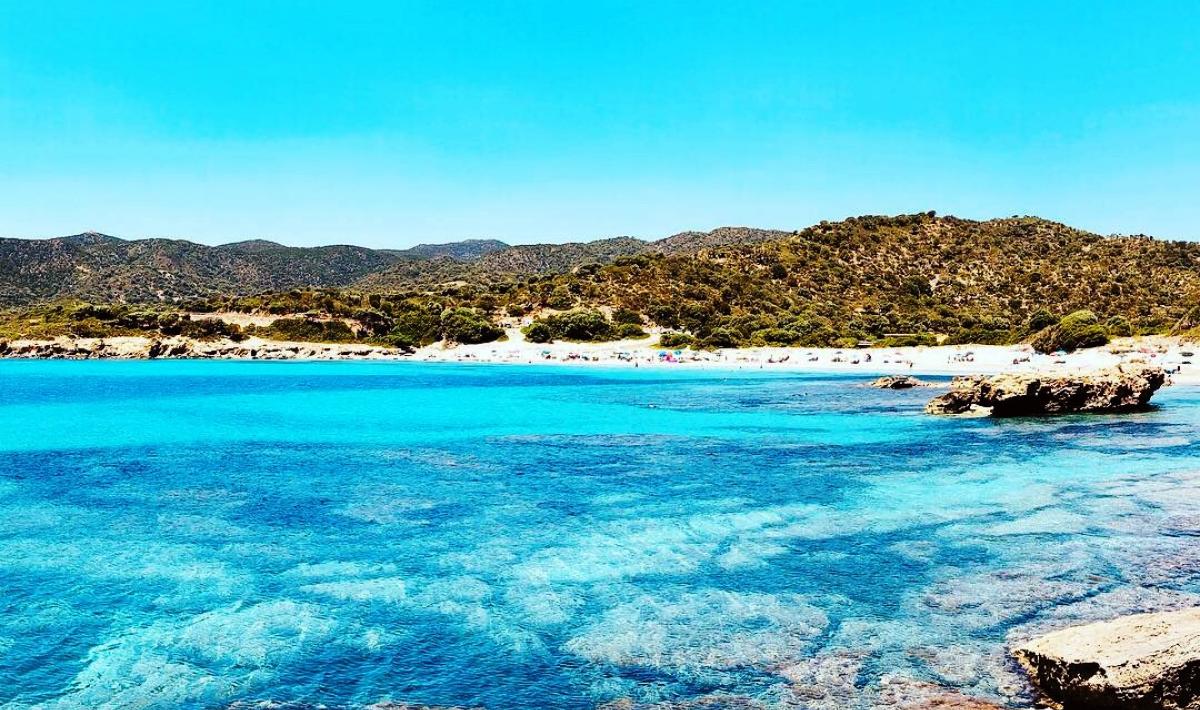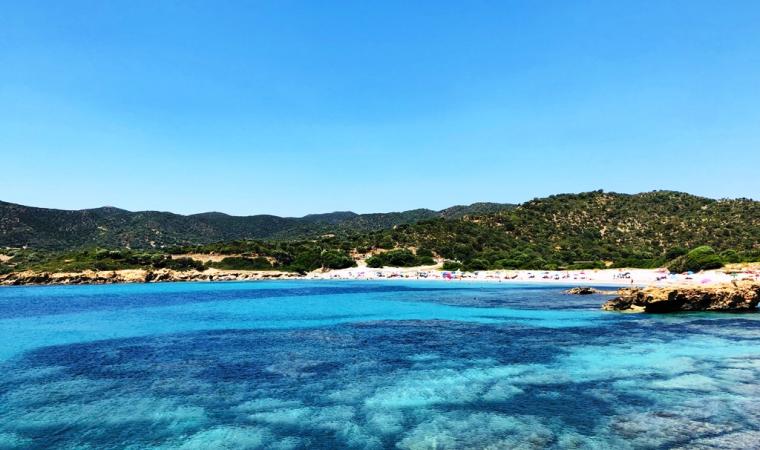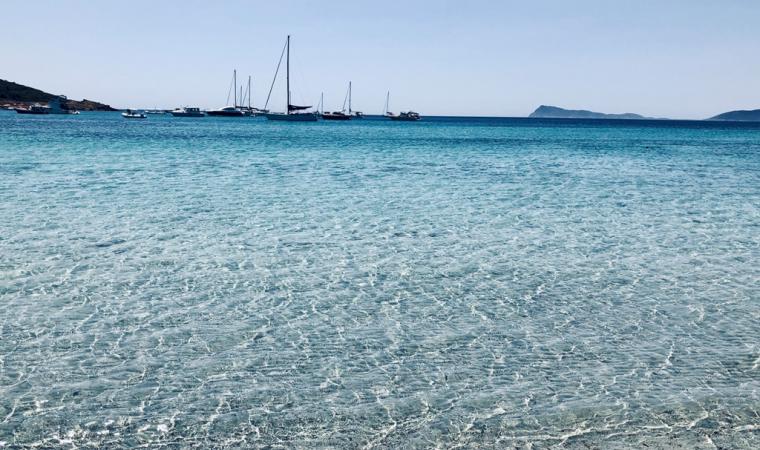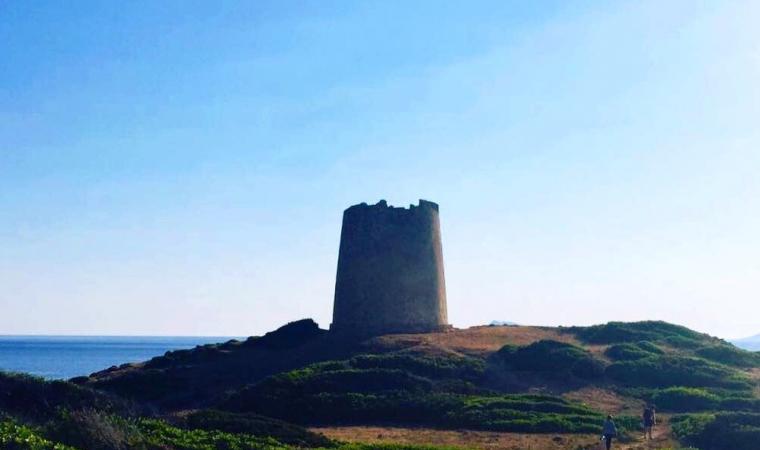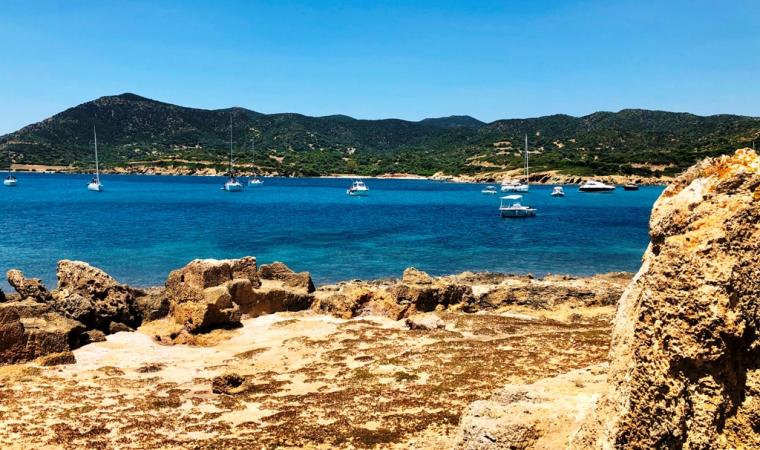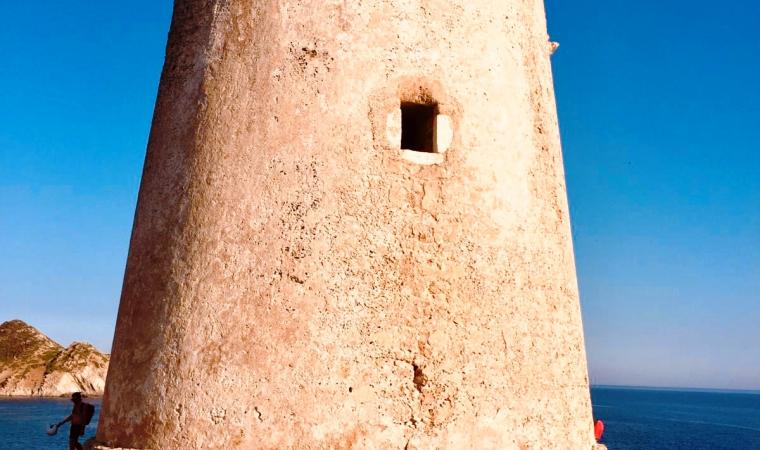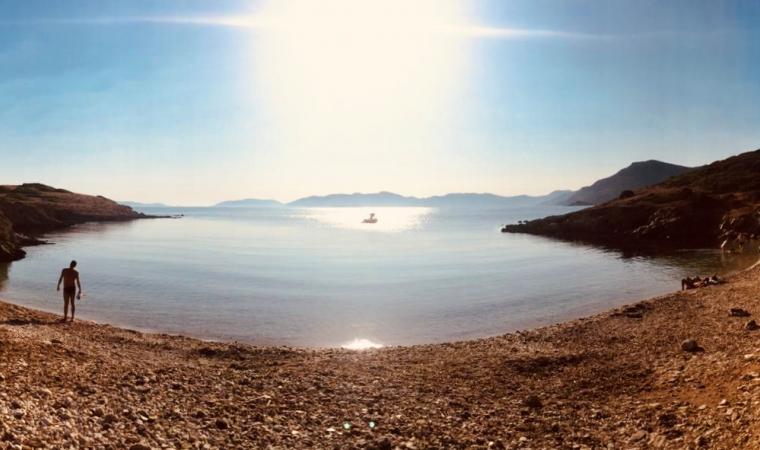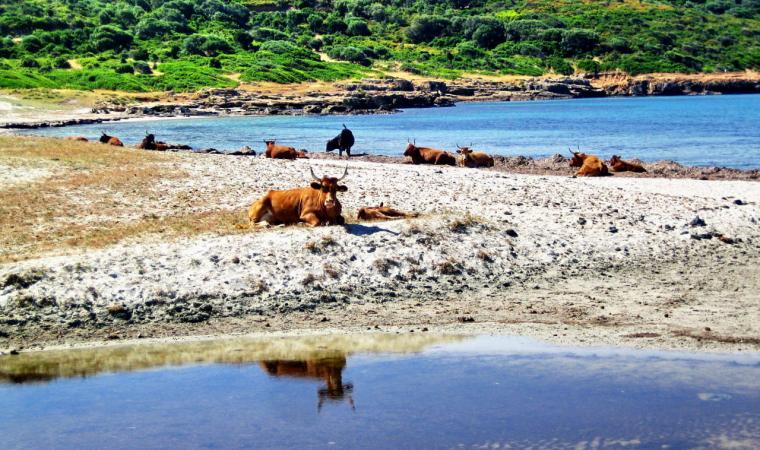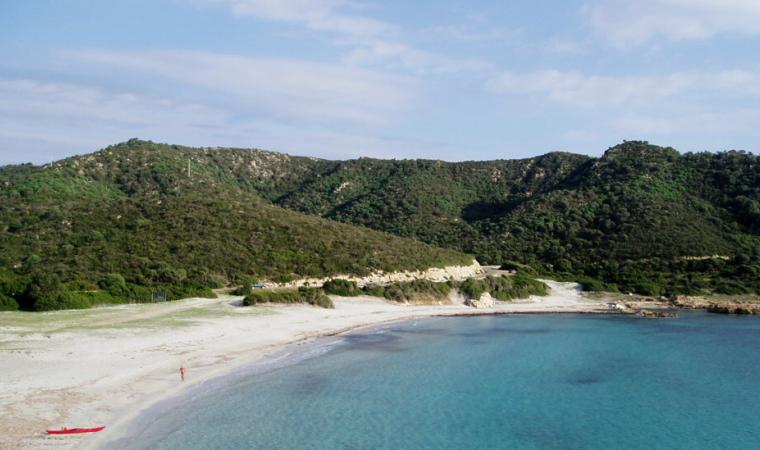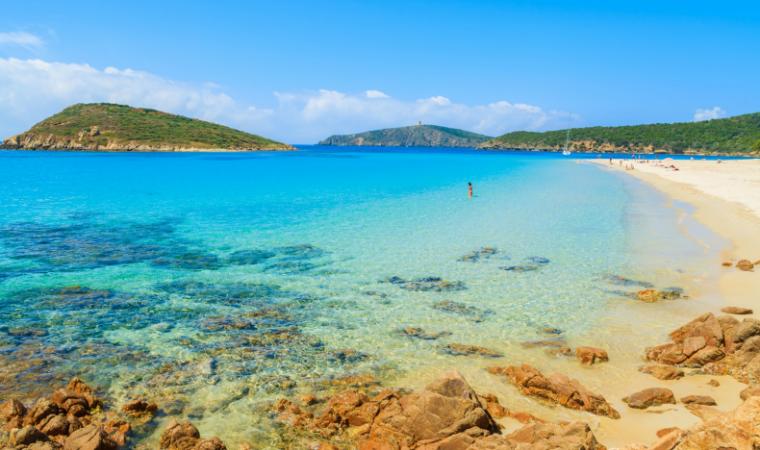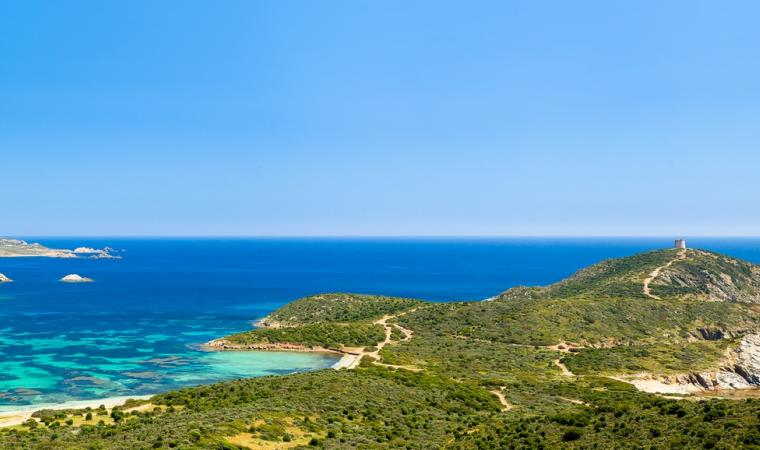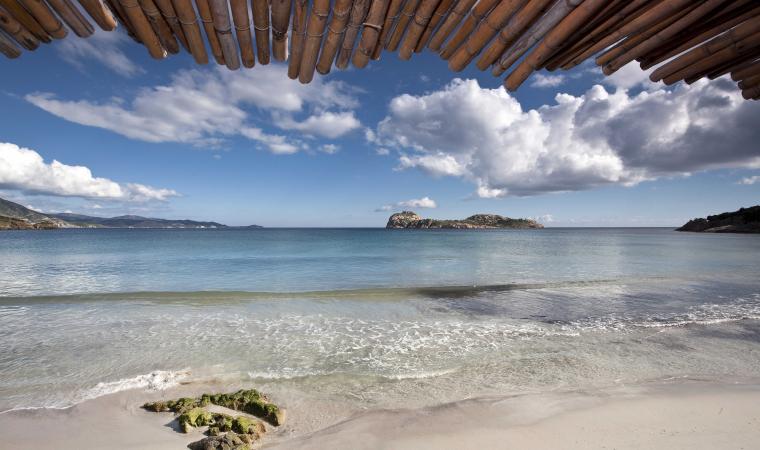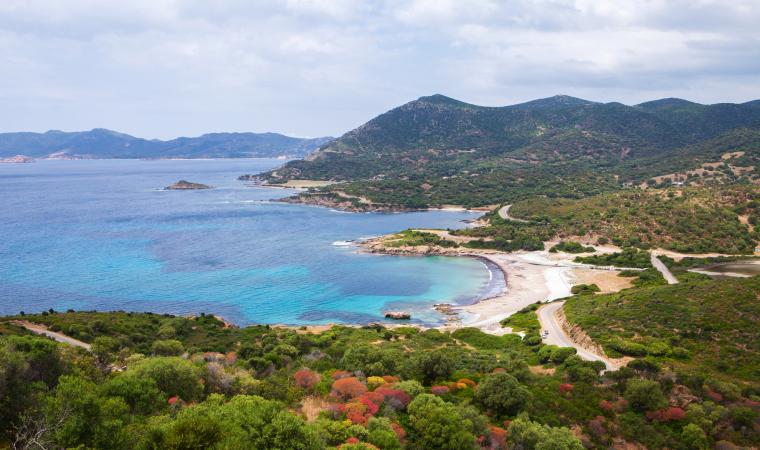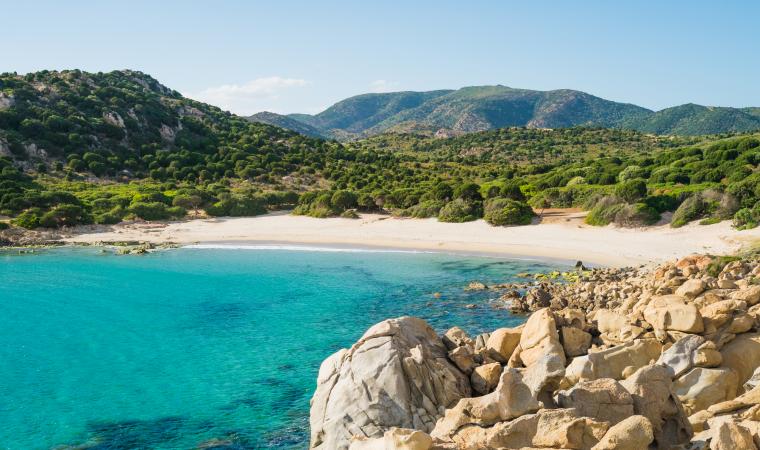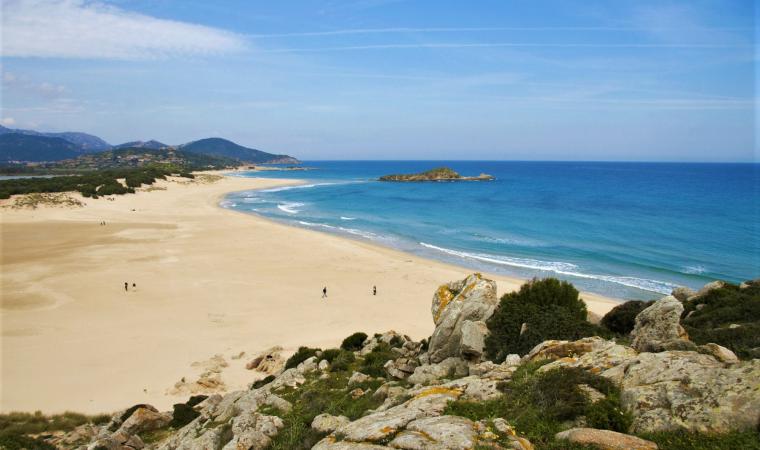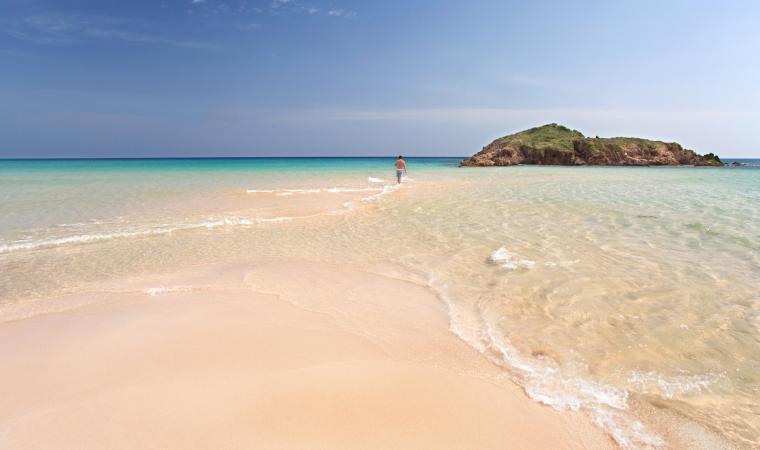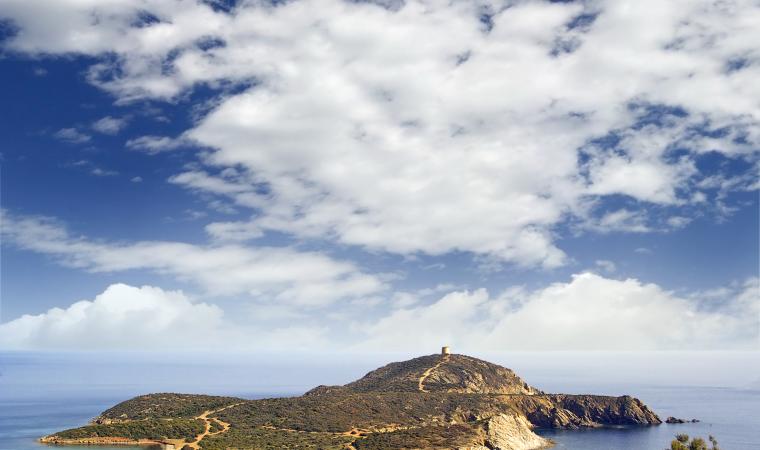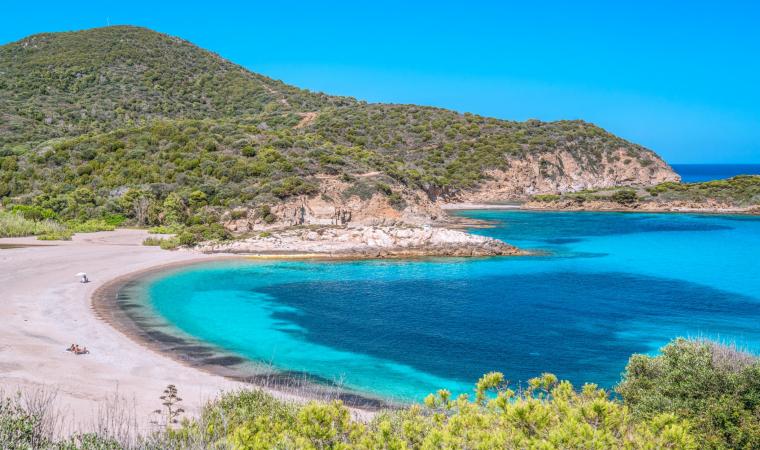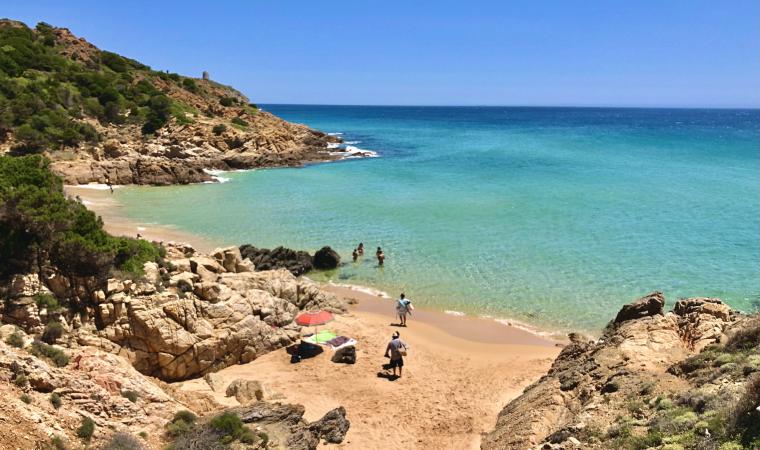It takes its name from the mighty, tall tower of Piscinnì, which can be reached by a pathway and was probably built between the 16th and 17th centuries by the Spanish. It stands on a promontory, dominating the wild and striking panorama of beach and Mediterranean vegetation all around. Although the beach is part of the municipality of Domus de Maria, it is set between the earthly paradise of Tuerredda and the stupendous coves of Cape Malfatano, two of Teulada's most splendid and famous treasures, in a stretch of coast defined as a rias due to the rapid evolution from one landscape to another, from fine, very clear sand to towering cliffs of clay and granite. In practice, it represents the 'other sea' of Domus, famous for the countless enchanting beaches of Chia, 16 kilometres away from Piscinnì on the scenic panoramic road of the Costa del Sud, which is often the scene of car manufacturer commercials and which the historic car magazine 'Quattroruote' ranks as the fourth most beautiful road in Italy. It is ten kilometres from the town.
The vast sandy beach is white and soft and plunges into wonderful crystal-clear waters in shades of green and turquoise. The sandy seabed with a few rocks slopes gently down to the sea. The sea is constantly whipped by the wind, a popular destination for surfers and kite surfers and also popular with anglers and divers. In addition to the path leading up to the tower - built with limestone and granite rocks at the behest of merchant Pietro Porta - there are other footpaths leading to two beautiful, secluded coves, called Porto and Torre Piscinnì, which complete the enchanting bay. Behind the coastline, you will see the large Piscinnì pond, which recedes in summer, and is rich in plant varieties and now a site of Community interest. As this is a livestock farming area, it is common, especially in the low season, to encounter grazing cows or goats 'relaxing' between the pond and the beach.
Natural beauty, environmental wealth and history, too. In Punic and Roman times, the low cliffs bordering the beach to the east and the area around the tower cove were intensively mined for sandstone blocks to be used in the construction of buildings. The coastline still bears clear traces of the period: you will be able to spot the 'artificial' squared shapes of the rock and the flat surfaces of the cliffs, which were respectively excavation fronts and quarry floors two thousand and 500 years ago.
Beyond the confines of the bay you will return to the territory of Teulada and can enjoy, further north, two more splendid beaches set in the a rias stretch of coastline: Campionna, with pebbles mixed with rocks, whose name derives from the small island in front of it that can be reached by sea; and sa Canna, which takes its name from the abundance of fish in its seabed, made up of rocks of various sizes.

